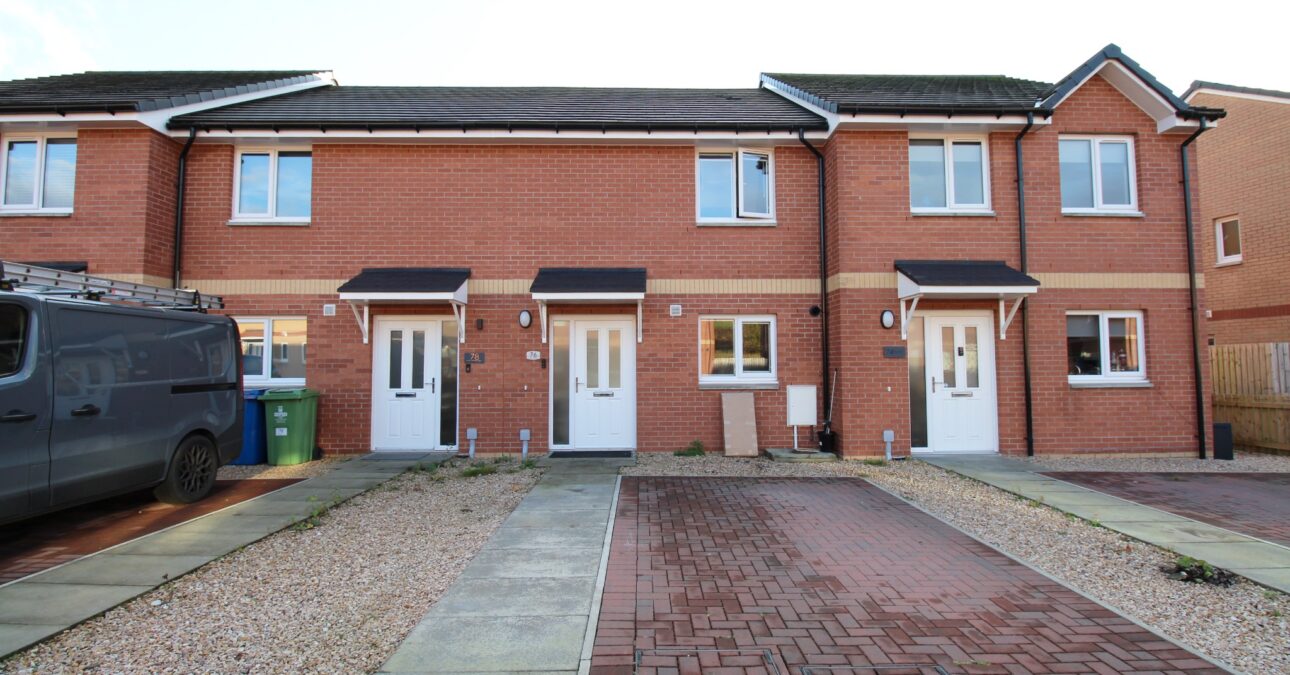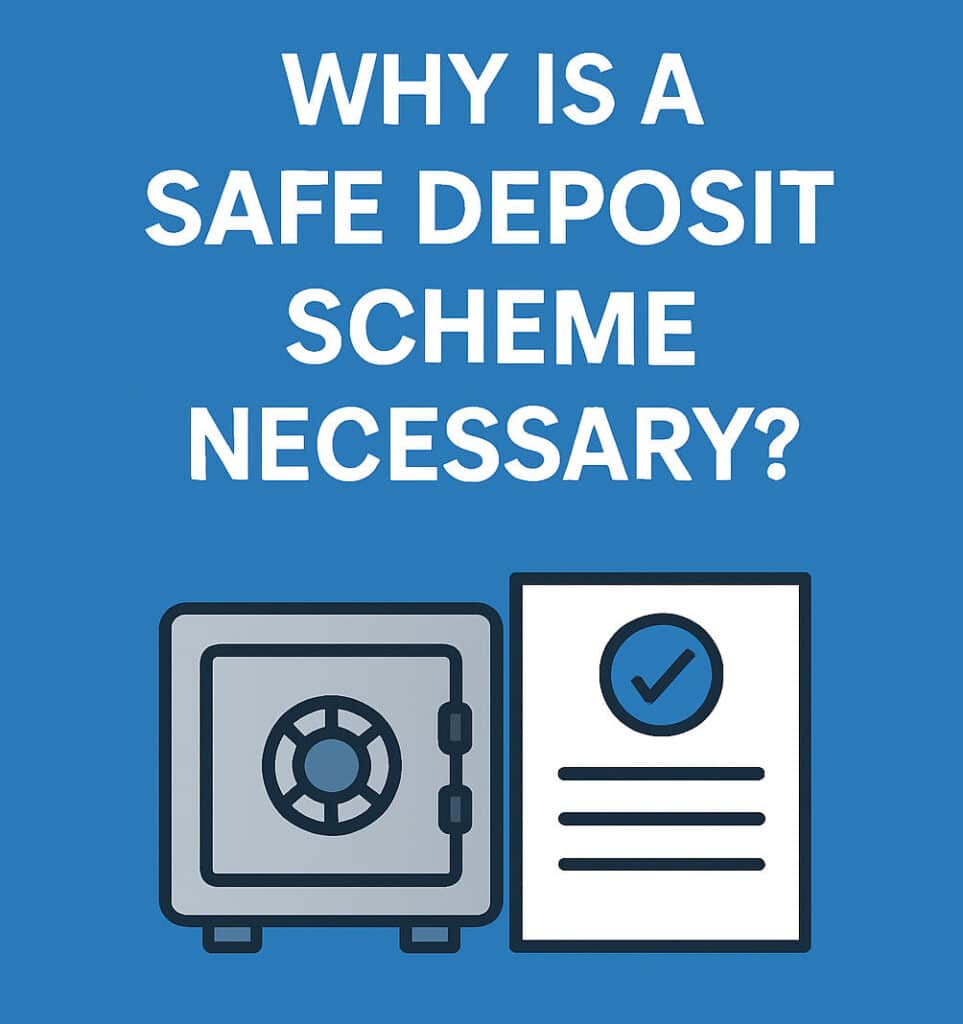Why is a Safe Deposit Scheme Necessary?

A tenancy deposit scheme ensures that tenants’ money is held securely and returned fairly at the end of the tenancy. In Scotland, all tenancy deposits must be protected by a government-approved provider. SafeDeposits Scotland is the largest of these, protecting thousands of deposits. You can see the exact details here – https://www.gov.scot/publications/foi-202500459983/
The scheme was established to prevent disputes and unfair treatment by ensuring that deposits are kept separate from a landlord’s personal or business funds. When a deposit is lodged with SafeDeposits Scotland, it is held in a secure, independent account until the tenancy ends. Both the tenant and the landlord are protected by clear rules on how and when the money can be claimed or returned.
SafeDeposits Scotland is regulated by the Scottish Government and provides a free, impartial dispute resolution service. This means that if there is disagreement about how the deposit should be distributed, an independent adjudicator reviews the evidence and makes a binding decision.
The scheme improves confidence in the private rented sector by ensuring transparency, accountability, and protection for both tenants and landlords.
Are tenants required to provide a deposit?
Deposits are not always required; some landlords may choose not to demand one from their tenants, but the majority will do so as security in case the tenant breaches their tenancy agreement. Where a landlord requests a deposit, the Tenancy Deposit Schemes (Scotland) Regulations 2011 require that the deposit be protected by a government-approved tenancy deposit scheme, such as SafeDeposits Scotland.
The landlord has 30 working days from the start date of the tenancy to protect the deposit and provide the tenant with details about it, such as the scheme that protects it and its contact information.
Why is a tenancy deposit scheme required?
A tenancy deposit scheme is intended to benefit both the tenant and the landlord.
After the tenancy ends, the tenant should get their money back, as the deposit is ultimately theirs. The exception is if they breach the tenancy agreement, in which case the landlord can try to collect a part of the deposit, whether for cleaning charges or to cover rent arrears or damages in excess of fair wear and tear.
Having a third party hold the deposit means that if a dispute arises, both the landlord and tenant are urged to try to resolve it and reach an agreement. Tenants cannot leave the property in poor condition, and the landlord cannot unfairly keep the deposit under the tenancy deposit protection guidelines.
What happens if a deposit is disputed?
Deposit schemes will provide free Alternative Dispute Resolution (ADR), which is the preferred method for resolving a dispute over a deposit claim at the end of a tenancy when the parties are unable to reach an amicable resolution.
In ADR, an adjudicator will assess the information presented and decide whether any claim is legitimate. The adjudicator is an unbiased individual who will never visit the property or speak with either the landlord or letting agent. They will consider variables such as improvement and fair wear and tear when reaching their decision regarding the tenancy deposit release.
It is the landlord’s responsibility to provide evidence in support of their claim. The tenant is given the option to offer counter-evidence to challenge the landlord’s claim. To avoid any issues at the end of the tenancy, the tenant should thoroughly review their tenancy agreement and ensure that they strictly adhere to it, as well as return the property in the same condition as indicated on the check-in report.
What if the deposit isn’t protected?
Tenants have the right to file a complaint with the First-tier Tribunal for Scotland (Housing and Property Chamber) if the landlord fails to place the deposit with an approved scheme within 30 days or fails to provide the tenant with the necessary prescribed information. In this case, the landlord may be ordered to pay the tenant up to 3x the amount of the initial deposit. It is the responsibility of SafeDeposits Scotland to inform tenants, within a period of 30 days from the start of the tenancy, whether or not a deposit is protected.
How Western Lettings Can Help
At Western Lettings Glasgow, we make sure every deposit is safely protected with SafeDeposits Scotland.
If any dispute arises, our team helps both tenants and landlords by providing the right documents and guidance to resolve it quickly and fairly.
Contact us today to learn more about how our deposit protection process can make your renting experience simple and worry-free.



